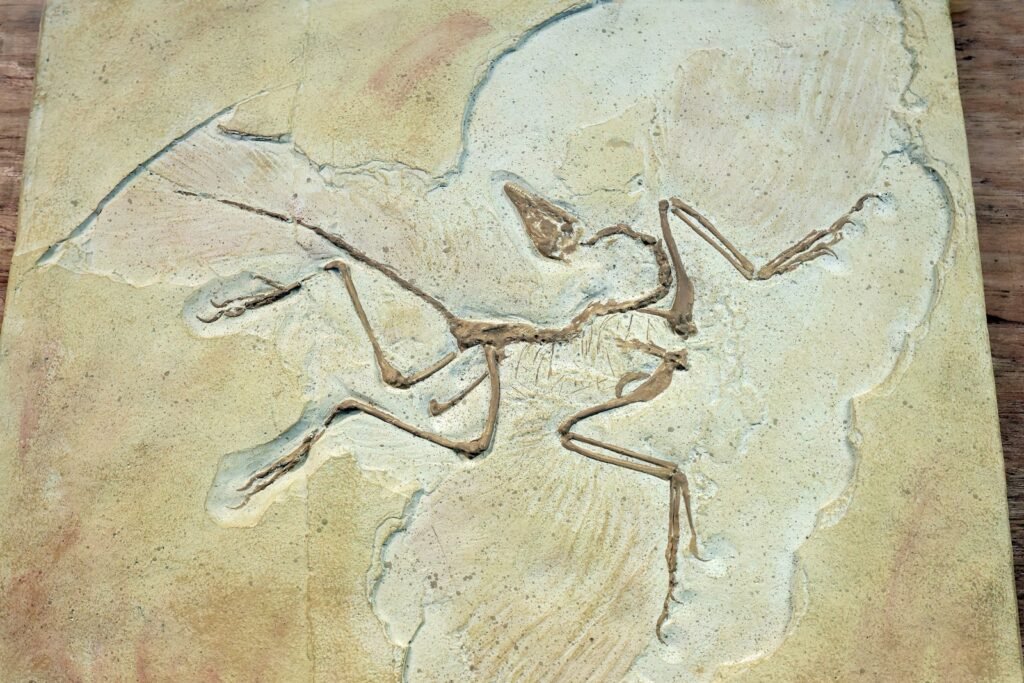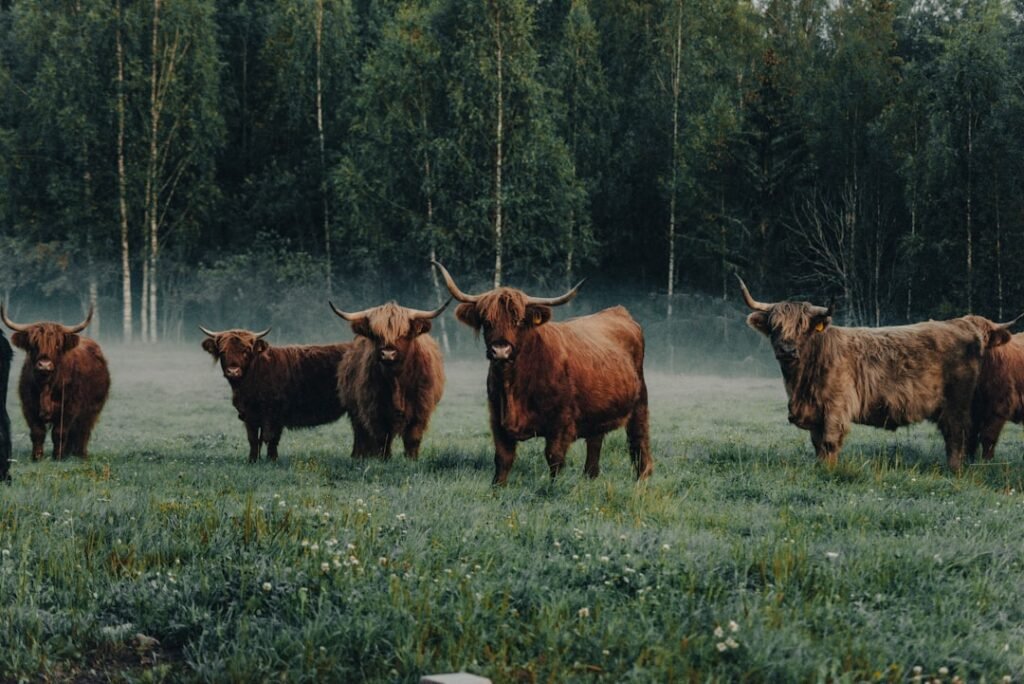In a Cretaceous forest now frozen into stone, a small predator wore feathers like a secret. Fossils from northeastern China show Microraptor with flight-quality feathers not just on its arms, but also on its legs – a four-winged blueprint that looks both ingenious and improbable. For decades, the mystery has simmered: was this animal a capable flier, a nimble glider, or something in between? As new analytical tools meet beautifully preserved specimens, the debate is shifting from “if” to “how.” And in that shift, we’re learning that flight isn’t a simple on‑off switch – it’s a sliding scale built from trade‑offs, habitats, and behavior.
The Hidden Clues
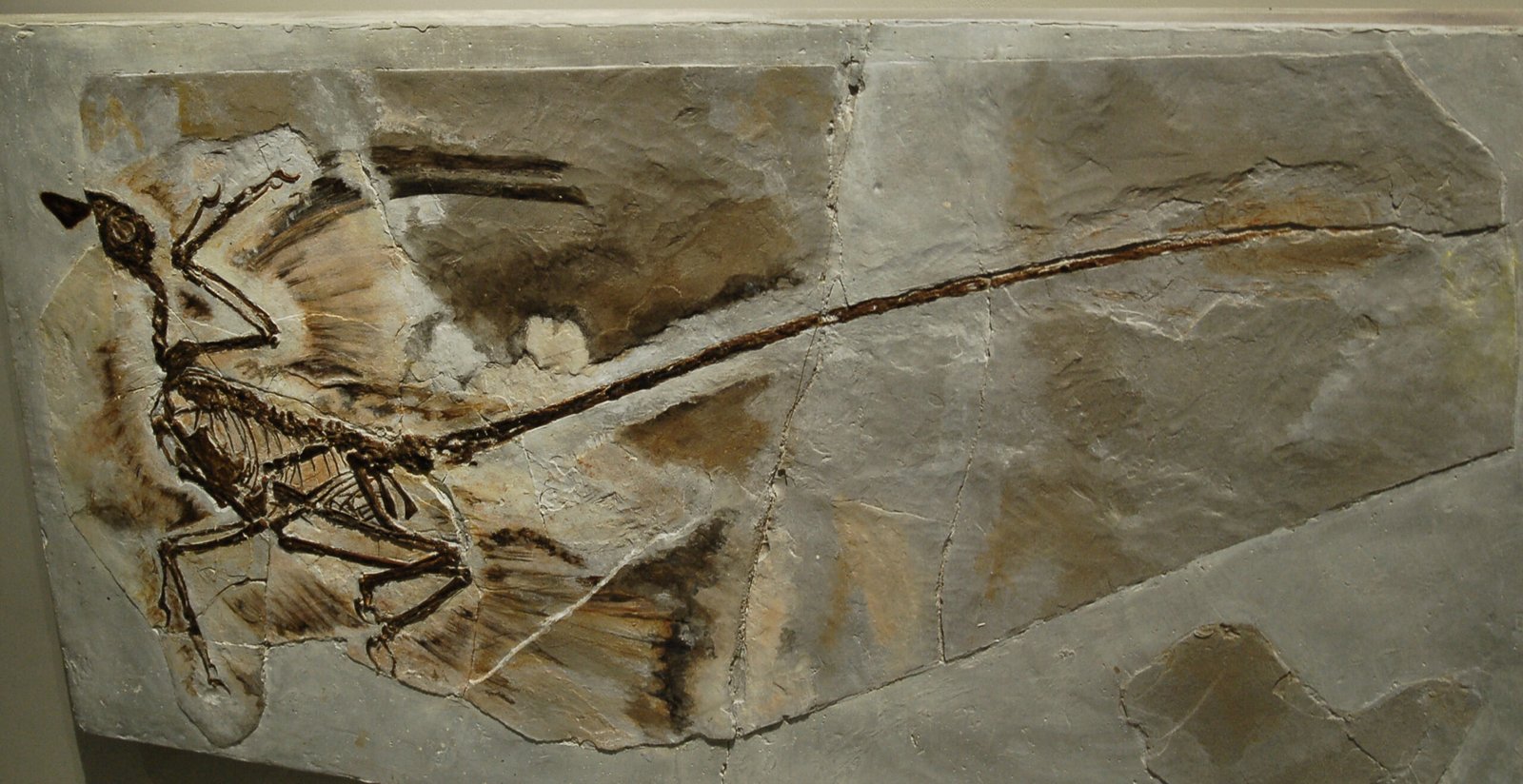
Look closely at Microraptor fossils and the first surprise is just how crisp the feathers appear, their fine barbs pressed like botanical imprints. The arm and leg feathers are asymmetrical, a signature of aerodynamic function rather than mere insulation. The tail ends in a broad fan that likely acted as a brake and rudder, hinting at an animal tuned for maneuvering in cluttered forest air. Color studies of preserved melanosomes suggest a glossy, almost iridescent sheen, which may have had social or ecological roles alongside aerodynamics. The more you stare, the more the skeleton reads like an instruction manual for moving through air, not just across the ground.
I remember standing in front of a museum slab where feather shadows haloed the bones like smoke caught mid‑swirl. It felt strangely intimate, as if a gust might lift from the stone and tell you how the animal turned, slowed, then pounced. Those impressions hint that Microraptor wasn’t a static display of parts, but a package built to exploit the messy, variable air between branches. The clues don’t give us a movie, but they do sketch the choreography. And that sketch points squarely at controlled aerial behavior.
From Ancient Tools to Modern Science
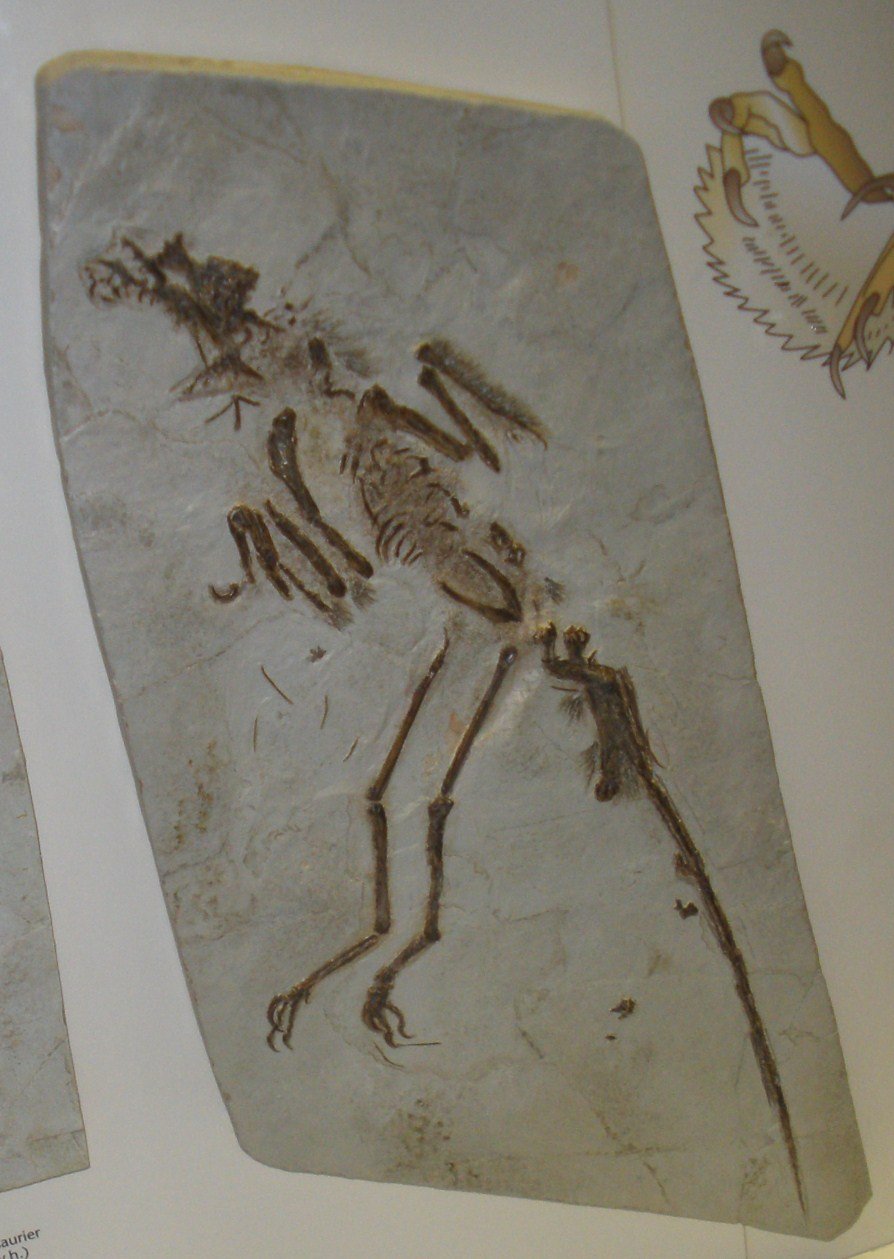
Early interpretations leaned on simple comparisons to birds, but the last two decades brought a toolbox that would make a pilot grin. Micro‑CT scans map internal bone structure, revealing muscle attachments and joint limits without peeling away a single scale of stone. High‑resolution imaging recovers feather outlines by the millimeter, letting researchers reconstruct wing shape and overlap with startling fidelity. Digital models then fold those details into simulated flows that test different postures against the fickle physics of air. What once relied on educated guesswork now rides the shoulders of reproducible measurements.
Even the sediments speak: lake deposits and fine ash layers from the Jehol Biota sealed delicate feathers quickly, meaning we’re not chasing mirages. That context reduces the risk that features were distorted by decay or scavengers before burial. Layer by layer, the data narrow the range of plausible flight styles. It’s not about proving a single perfect answer, but about culling the impossible so the probable can breathe. And the probable looks surprisingly nimble for such a small predator.
The Aerodynamic Puzzle
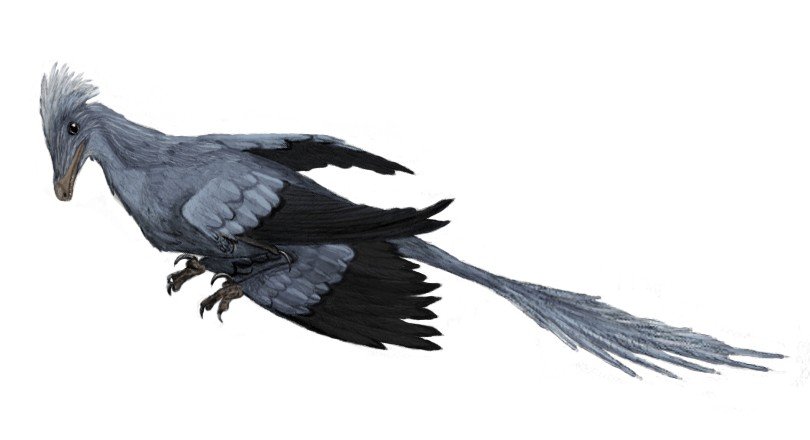
Four wings sound like overkill until you remember the problem Microraptor had to solve: takeoffs and landings in a forest where the air is choppy and the branches unforgiving. Hindlimb feathers likely added lift at low speeds and broadened the “wing” area without the cost of a massive chest engine. With a tail fan acting as a dynamic stabilizer, the animal could trade top speed for fine control, the way a biplane beats a jet in a barnstorming turn. That setup favors short, precise aerial hops rather than long, powered cruises. In other words, a specialist in the air between obstacles.
Critically, the hip joint probably limited the extreme splayed‑leg “biplane” pose some early models proposed. More likely, the legs slanted downward, forming hindwings that worked as lift‑boosters and control surfaces during launch and landing. Forewings would have carried the main aerodynamic load, while the hindwings helped trim pitch and yaw. It’s an elegant compromise: not a bird’s wing plan, not a flying squirrel’s membrane, but something characteristically dromaeosaur. The blueprint reads like evolution experimenting with extra control surfaces at low speed.
What the Experiments Reveal
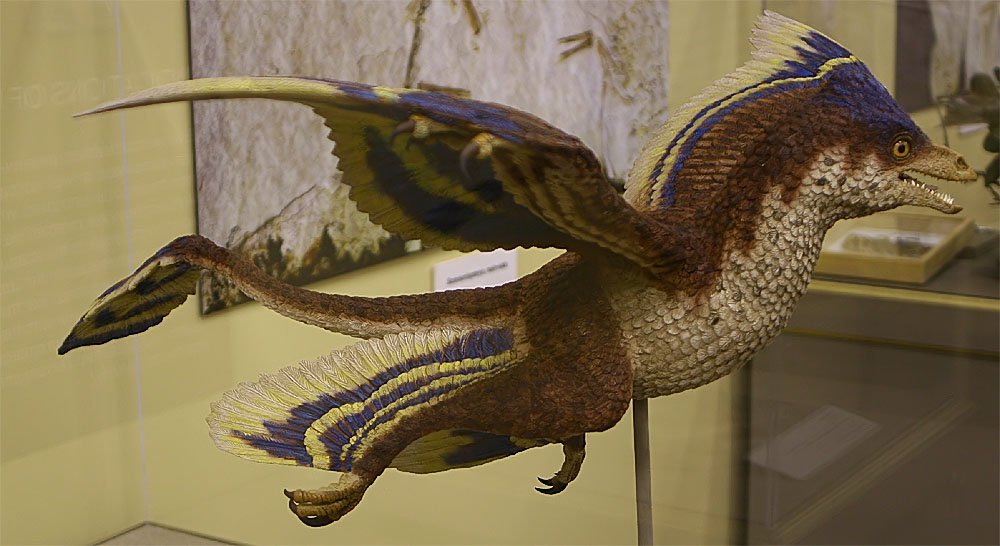
Scaled models dropped from height and run through wind tunnels have produced a consistent theme: stability and maneuverability at modest speeds. Researchers tested postures with legs down versus splayed and found that certain leg‑down configurations can stabilize glide and sharpen turns. Simulations of tail angles show that small adjustments could meaningfully change descent rate, a handy trick when landing on a narrow branch. While sustained, power‑hungry flapping looks unlikely, short bursts of wing‑beats to reshape glide paths remain firmly on the table. Think of an animal that glides well, then taps the throttle for course correction.
- Key fossils preserve asymmetrical pennaceous feathers on both forelimbs and hindlimbs.
- Gut contents show a diet that included fish, implying hunting near water and perches.
- Model tests support controlled gliding with effective turning at low to moderate speeds.
Put together, those results place Microraptor in a sweet spot between parachuting and true, sustained flight. It isn’t a hawk, but it also isn’t just falling with style. The physics reward short flights stitched to agile climbs and pounces. That loop – climb, glide, adjust, seize – fits the morphology and the environment. And it paints a picture of aerial predation measured in meters, not miles.
Why It Matters

The origin of avian flight is a puzzle assembled from half‑shaped pieces, and Microraptor provides several that actually click. For years, debates pitted a ground‑up sprint model against an arboreal glide model with little middle ground. Microraptor collapses that binary, showing that aerial competence can evolve through mixed strategies where gliding, wing‑assisted running, and limited flapping blend into a workable whole. That insight reframes flight as a gradient of behaviors tested by terrain and prey, not a sudden switch thrown by a single mutation. It’s a humbling reminder that evolution prototypes in mixed media.
There’s also a methodological lesson: hybrid approaches beat single‑metric answers. Bone geometry without feather maps misses the flow; wind‑tunnel models without joint limits conjure fantasy poses. By cross‑checking anatomy, taphonomy, and aerodynamics, we get closer to the lived reality of a small predator threading the canopy. The result strengthens how we think about early birds and their relatives, from launch mechanics to landing tactics. In a field where fossils never speak, coherence across disciplines is the closest thing to a confession.
Global Perspectives
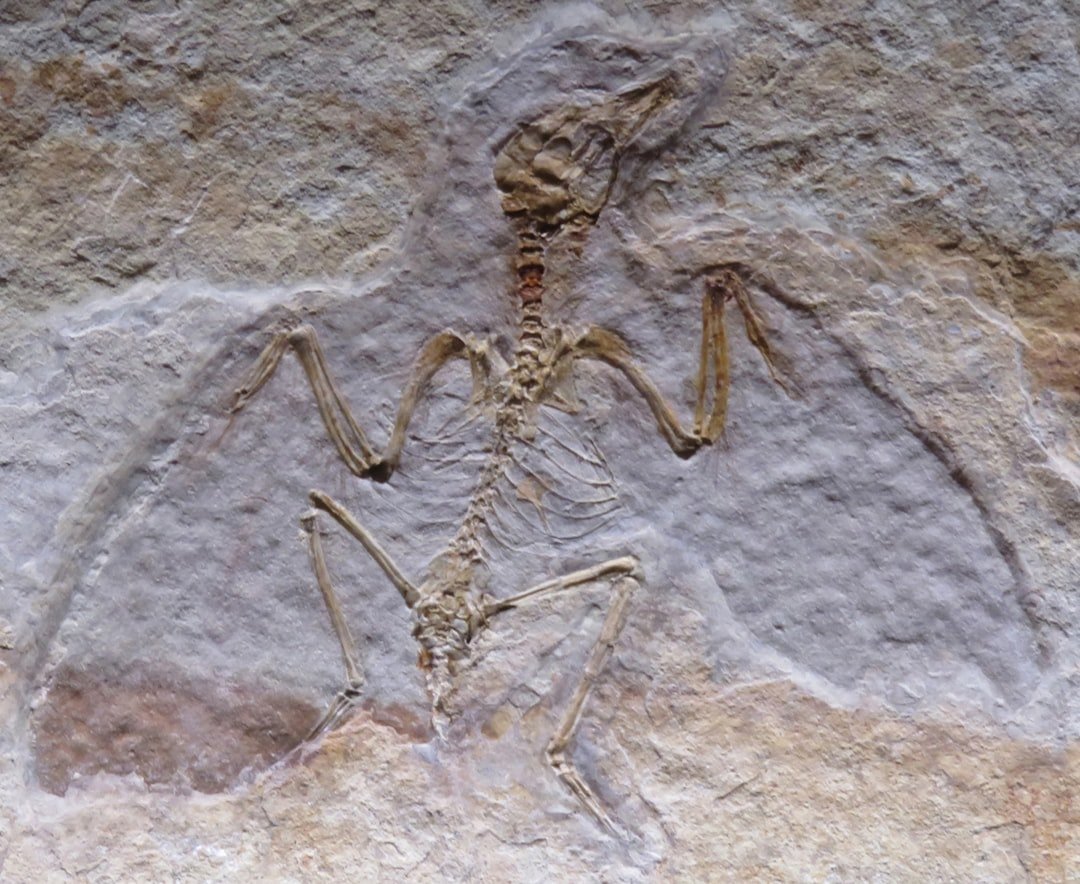
Microraptor research is global by necessity and by law, spanning Chinese institutions that safeguard extraordinary specimens and international teams that bring complementary tools. Collaboration has shifted from occasional visits to continuous, data‑rich partnerships, where digital models circulate faster than plaster casts ever could. That openness lets independent groups try rival reconstructions, a built‑in stress test for bold claims. When different labs converge on similar stability and control outcomes, confidence rises. The science benefits, but so do the collections, which stay protected while still informing new work.
Field context matters too: the Jehol ecosystem held lakes, conifers, and a mosaic of perches and gaps that reward aerial improvisers. If you picture a squirrel leaping branch to branch, add feathers and a tail fan and you’re close to a working mental model. Notably, similar hindlimb feathers pop up in a few related species, hinting that four‑winged phases may have been more common than the fossil record alone suggests. That disperses the narrative beyond one species and toward a broader aerodynamic experiment. It’s a story written across lineages, not just a single star.
The Future Landscape
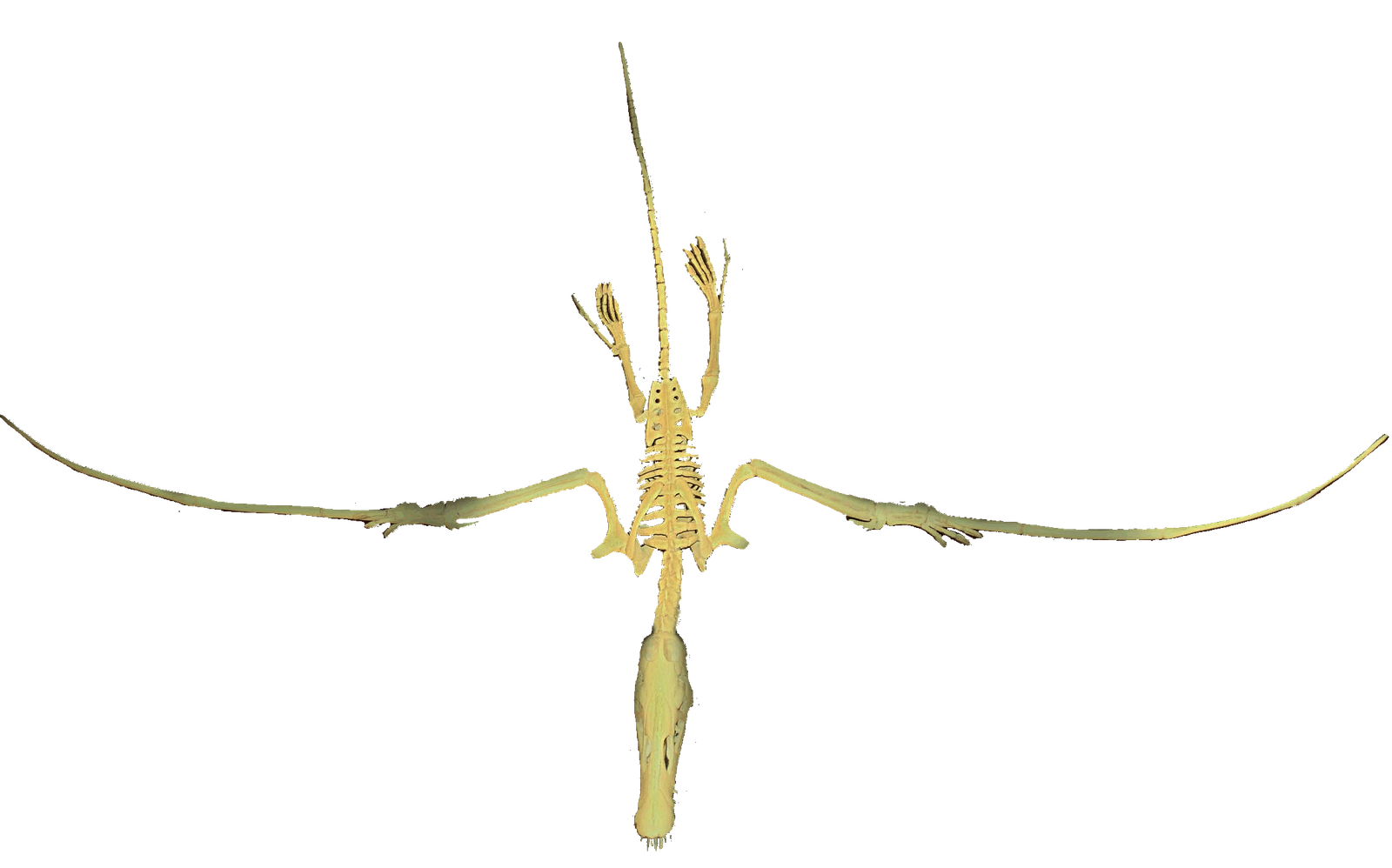
Next‑gen scans will sharpen joint reconstructions and soft‑tissue proxies, clarifying the muscle power available for launch and brief flapping. Computational fluid dynamics tailored to flexible, feathered surfaces can test how overlapping vanes behave during real‑world gusts. Laser‑stimulated fluorescence may expose feather details hidden in plain sight, tightening the outlines used in models. Robotics could then translate those blueprints into quad‑surface drones that bank and land with Microraptor‑like finesse. The feedback loop – fossils to code to robot to new hypotheses – promises rapid iteration.
Challenges aren’t trivial: modeling feathers as living, deformable structures is notoriously hard, and small errors cascade in low‑speed flight. Ethics and access also matter, ensuring specimens remain in-country and digitization proceeds with clear agreements. Yet the payoff is big: a clearer map of how flight evolves, and tools that help small drones move through forests without smashing into reality. To me, that’s the best kind of science – curiosity that lands in both museums and field labs. And it keeps the central question honest rather than settled.
Conclusion

If this story grabbed you, there are simple ways to help the science take wing. Support museums that fund fieldwork and preservation; those climate‑controlled vaults keep delicate feathers from crumbling. Join local nature groups and watch gliders – owls, nighthawks, even squirrels – because seeing how animals use air sharpens the questions we ask of fossils. Encourage open data when you can, so digital models and scans reach students who will test today’s ideas tomorrow. And above all, treat fossils as shared heritage, not collectibles; legal, well‑documented specimens are the only ones that can answer big questions.
Curiosity drives this field forward, but it thrives on community. Spread the word about ongoing research rather than the latest hot take, and celebrate uncertainty as a sign of honest work. Even small actions – a donation, a museum visit, a shared article – keep the feedback loop alive. The next insight may come from a teenager comparing wing postures in a school lab. That’s how mysteries like Microraptor move from argument to understanding.

Suhail Ahmed is a passionate digital professional and nature enthusiast with over 8 years of experience in content strategy, SEO, web development, and digital operations. Alongside his freelance journey, Suhail actively contributes to nature and wildlife platforms like Discover Wildlife, where he channels his curiosity for the planet into engaging, educational storytelling.
With a strong background in managing digital ecosystems — from ecommerce stores and WordPress websites to social media and automation — Suhail merges technical precision with creative insight. His content reflects a rare balance: SEO-friendly yet deeply human, data-informed yet emotionally resonant.
Driven by a love for discovery and storytelling, Suhail believes in using digital platforms to amplify causes that matter — especially those protecting Earth’s biodiversity and inspiring sustainable living. Whether he’s managing online projects or crafting wildlife content, his goal remains the same: to inform, inspire, and leave a positive digital footprint.

